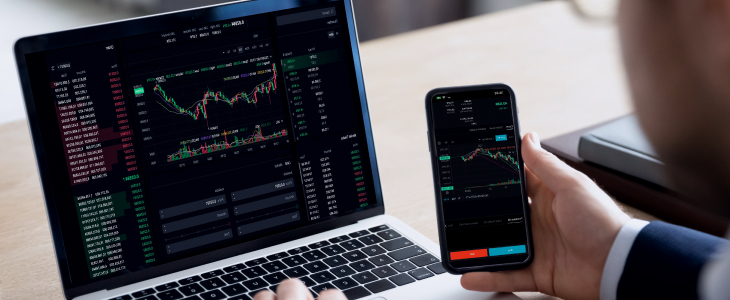
Mastering Forex Day Trading
Forex day trading can be an exhilarating way to engage with the financial markets, but it also requires a solid understanding of the underlying principles. As a day trader, you’ll make multiple trades in a single day, aiming to capitalize on short-term market movements. To succeed in this fast-paced environment, it’s crucial to have a plan, understand risk management, and stay updated with market news. In this article, we will delve into various strategies and tips for Forex day trading, as well as highlight key resources such as forex day trading ZAR Trading that can assist traders in their endeavors.
What is Forex Day Trading?
Forex day trading refers to the practice of buying and selling currency pairs within the same trading day. Unlike long-term investors who hold onto their investments for weeks, months, or even years, day traders aim to profit from the volatility of the Forex market by executing numerous trades in a single day. This form of trading is characterized by quick decision-making and timely order execution, making it essential for traders to remain vigilant and informed throughout the trading session.
Key Principles of Forex Day Trading
There are several key principles that aspiring Forex day traders should understand:
- Market Volatility: Day traders thrive on volatility, which offers opportunities for quick profits. Understanding how different factors impact currency fluctuations can help traders position themselves effectively.
- Risk Management: This is one of the most critical aspects of trading. Day traders should determine their risk tolerance, utilize stop-loss orders, and never risk more than a small percentage of their trading capital on a single trade.
- Technical Analysis: Most day traders rely on charts and technical indicators to make informed trading decisions. Recognizing patterns and trend signals can help traders anticipate price movements.
- Trading Strategy: A consistent strategy is crucial for success. Traders should develop a plan that includes entry and exit points, and stick to it to avoid emotional trading decisions.
Essential Tools for Day Trading
Day traders rely on various tools and resources to optimize their trading experience. Here are some essential tools:
- Trading Platform: A reliable trading platform, such as MetaTrader 4 or 5, provides traders with the necessary tools for analysis and order execution.
- Charting Software: Good charting tools allow traders to visualize price movements, apply technical indicators, and analyze historical data.
- News Feed: Staying updated with the latest market news can help traders make more informed decisions and react quickly to unexpected events.
- Economic Calendar: An economic calendar outlines upcoming economic events and indicators that can impact currency values. This helps traders anticipate market movements.
Popular Day Trading Strategies
Different strategies cater to various trading styles and risk appetites. Here are four popular day trading strategies:
1. Scalping

Scalping involves making numerous small trades throughout the day to capture tiny price movements. Scalpers typically hold positions for just a few seconds to minutes, making quick profits from low-risk trades. This strategy requires a high level of focus and quick execution.
2. Momentum Trading
Momentum traders look for currency pairs that are currently trending. They buy when the price is rising and short-sell when the trend is downwards. This strategy relies on the idea that trends will continue for some time, allowing traders to capitalize on the movement.
3. Range Trading
Range trading involves identifying support and resistance levels and trading within that range. Traders buy at support and sell at resistance, betting that price will remain within established boundaries. This strategy is effective in sideways markets.
4. Breakout Trading
Breakout trading involves entering positions when the price breaks through established support or resistance levels. Traders anticipate that once a level is broken, the price will continue to move strongly in the direction of the breakout, offering potential profit opportunities.
Risk Management in Day Trading
Effective risk management is crucial for long-term success in Forex day trading. Here are some tips:
- Set a Stop-Loss: Always set a stop-loss order to limit potential losses on a trade. This helps protect your trading capital.
- Use Position Sizing: Determine the appropriate size for each trade based on your account balance and risk tolerance. Avoid risking more than 1-2% of your capital on one trade.
- Keep Emotions in Check: Emotional trading can lead to impulsive decisions. Stick to your trading plan and avoid making trades based on fear or greed.
- Review Your Trades: Regularly analyze your trades to identify successes and areas for improvement. Keeping a trading journal can be beneficial.
Conclusion
Forex day trading can be a rewarding yet challenging endeavor. With the right strategies, tools, and risk management techniques, traders can navigate the complexity of the Forex market. Always stay informed about market trends and developments, and continuously refine your skills. Remember, consistency and discipline are key to becoming a successful day trader in the Forex world. By utilizing resources like ZAR Trading, you can enhance your trading journey and increase your chances of success.